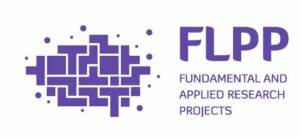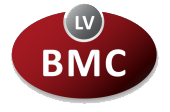
Project Title: Gender, sex and status in Iron Age Latvia (7th – 12th centuries AD)
Project No: lzp-2018/1-0395
Period: 1st November 2018 – 31 October 2021
Project costs: 300 000 EUR
Principle Investigator: Dr. hist. Guntis Gerhards (University of Latvia)
Collaboration: Dr. biol. Renāte Ranka (Latvian Biomedical Research and Study Centre)
Summary:
The aim of the project is to study burial customs in Iron Age populations from Latvia (7th – 12th centuries AD) in the light of gender, sex and status, employing archaeological materials and bioarchaeological methods, as well as dietary (carbon and nitrogen) isotope, and ancient DNA analyses. To achieve the aim, archaeological cemetery populations with reasonably good preservation of skeletal remains from different regions of Latvia will be analysed. An innovative approach will be employed during the project by using biomolecular (ancient DNA) and biochemical (isotope) methods for the study of burial customs. The ancient DNA data will be used to determine biological sex and kinship of the individuals, while isotope analysis will reveal information about differences in diet and thus, access to resources between different population, sex and age groups. The project will generate considerable amount of unique data, as well as reconsider the existing preconceptions about gender, sex and status in Middle and Late Iron Age populations in Latvia. It is the first interdisciplinary project of this scale in the archaeology of Latvia. The results of the research will be presented in international conferences and published in peer-reviewed media, including in Open Access. Using internationally approved research methods and state of the art technologies will further the development of archaeological research in Latvia. The results of the project will be of importance not only to archaeologists, but also researchers in other fields both in Latvia and abroad, promoting the understanding of similarities and differences in the history of Baltic and European countries. The Project is in line with one of the approved Latvia’s research priorities for the years 2018-2021, “Latvia\’s statehood, language and values, culture and art”, which encourages the use of new methods and technologies in studying archaeological heritage of Latvia. The European Convention on the Protection of the Archaeological Heritage (1992), which is also ratified by the Republic of Latvia (2003), states that archaeological heritage is the source of common European memory, as well as a valuable part of cultural heritage, the study of which helps to understand the history of humanity.

